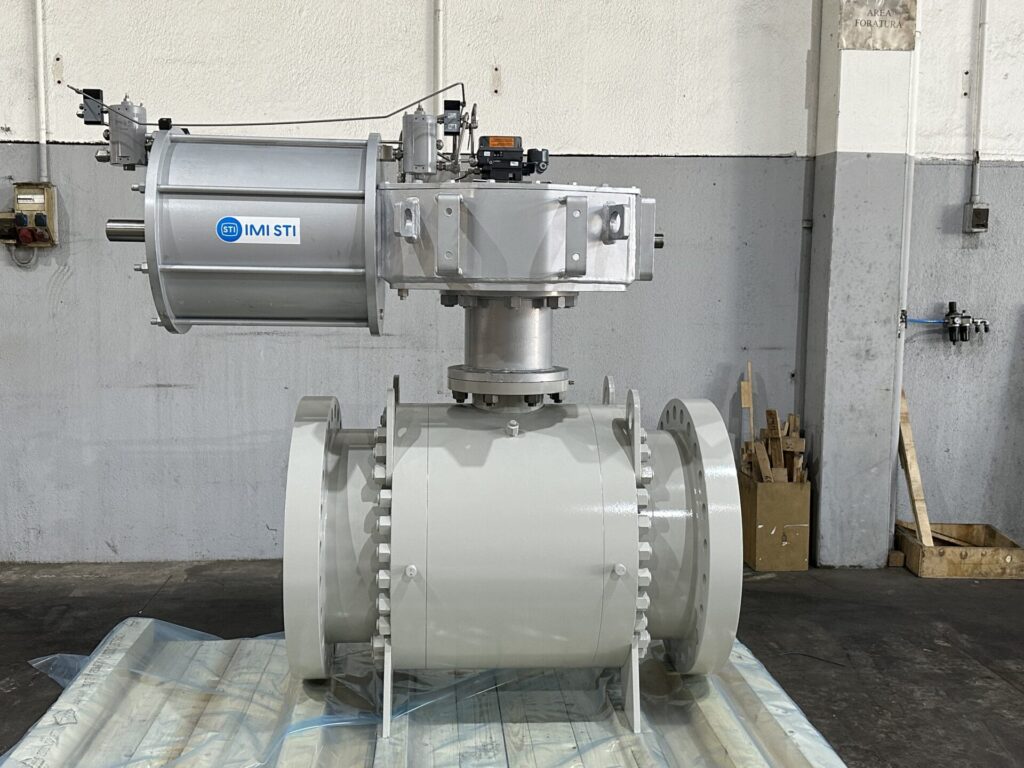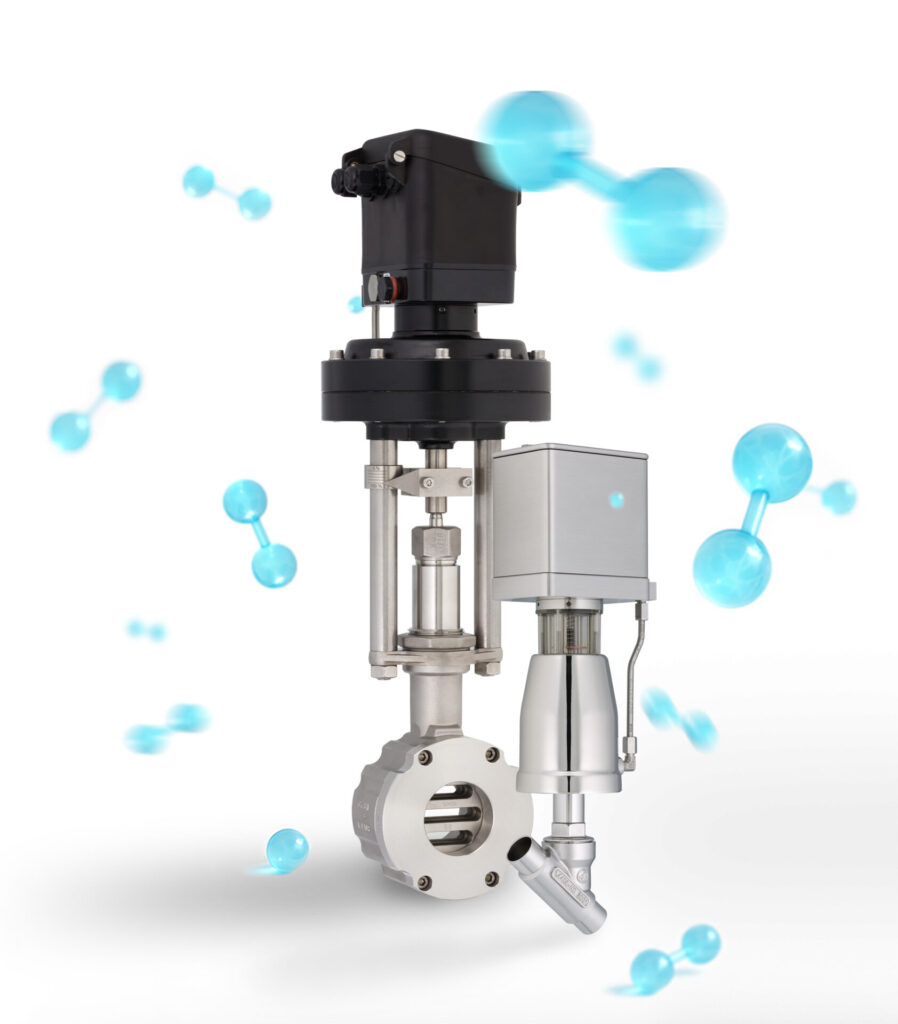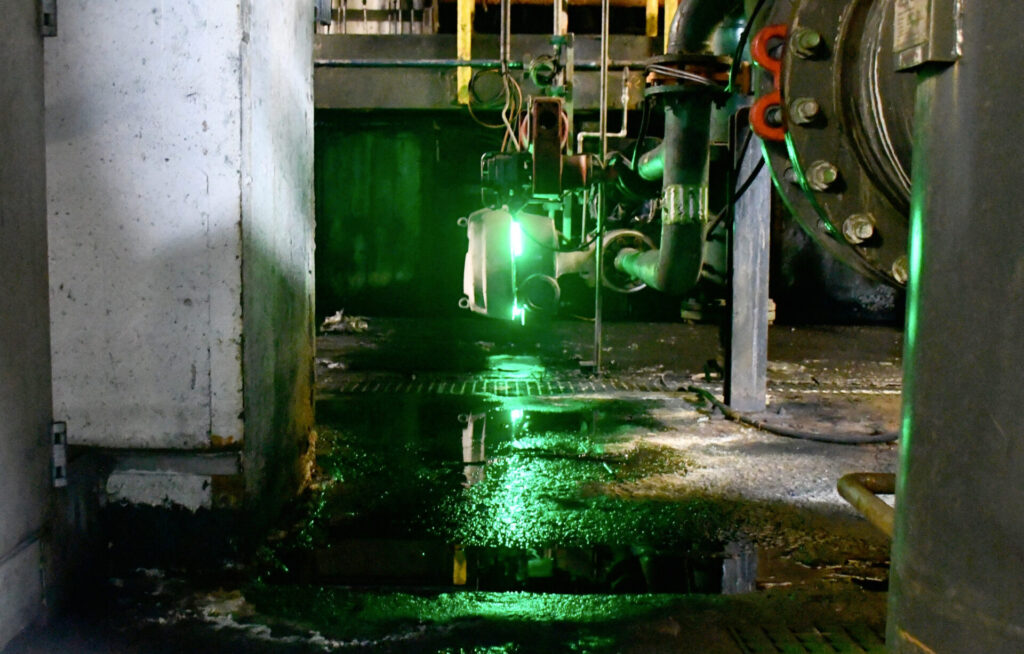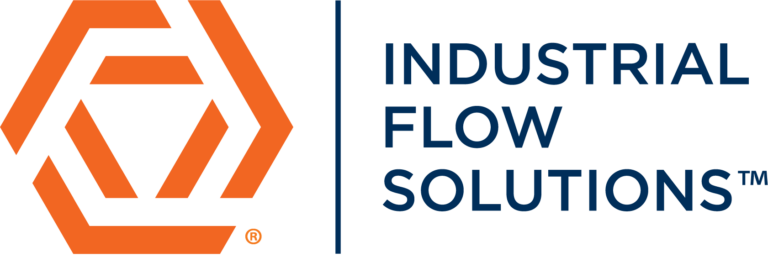Process control valves are most useful in situations that require precise control over fluids, steam, and gases. Process control valves allow for the management of flow rates of fluids, liquids, or gases, as well as for the management of temperature, pressure, and level. Of course, for each of these applications, a different valve is most suitable. Also, the type of valve depends on the size of the pipe, the overall pressure present in the fluid processing system, and process conditions among other factors.
Butterfly valves, diaphragm valves, knife gate valves, needle valves, and globe valves are some of the most common valves. The material used for producing a process control valve depends on the application. While most valves are made from metal, valves for hygienic applications are almost exclusively manufactured using stainless steel.
To achieve the desired flow rates of fluids, controls valves use a simple but effective mechanism of opening and closing powered by electrical, hydraulic, or pneumatic actuators. Process control valves usually consist of a valve actuator, a valve positioner, and a valve body.






























